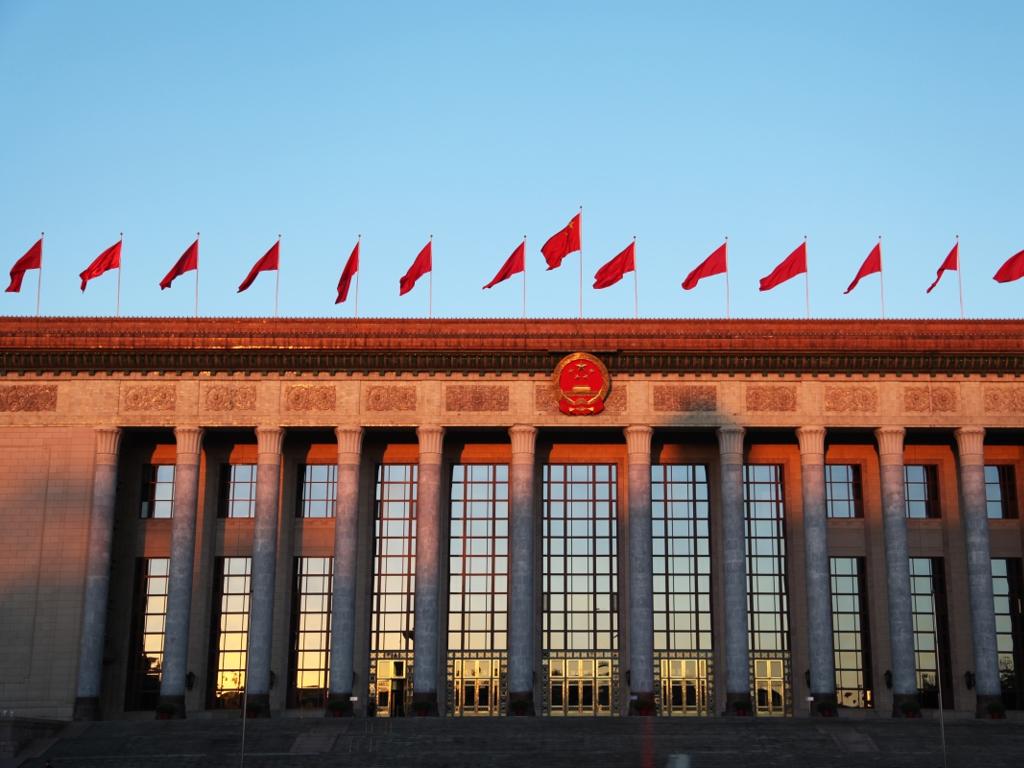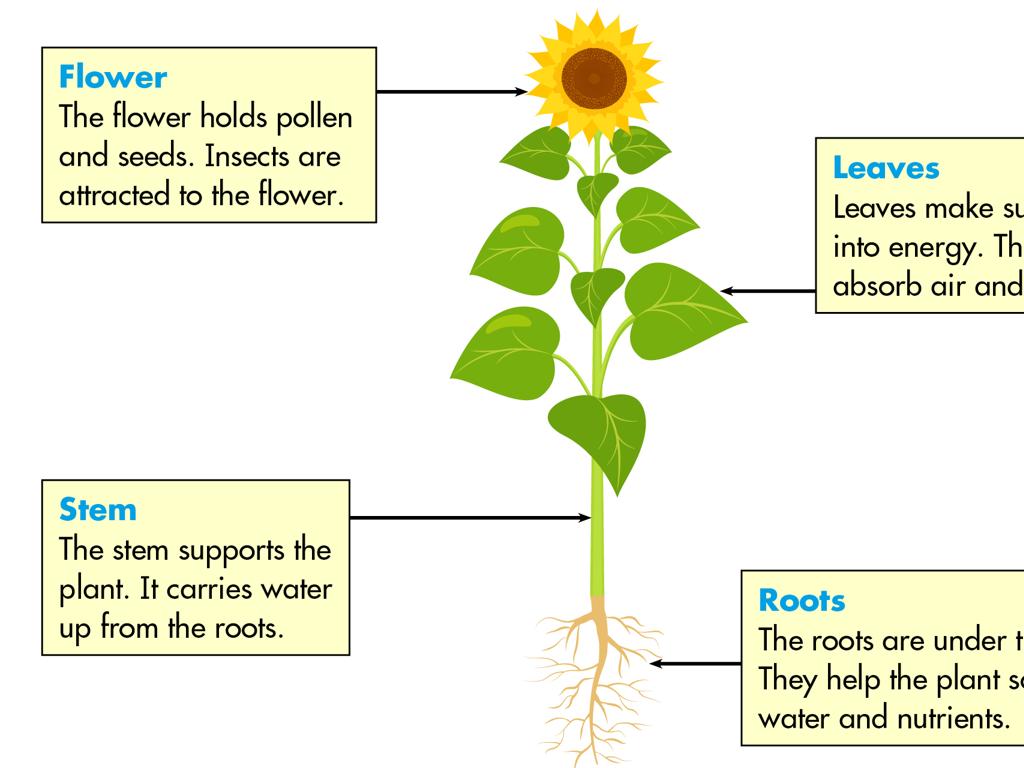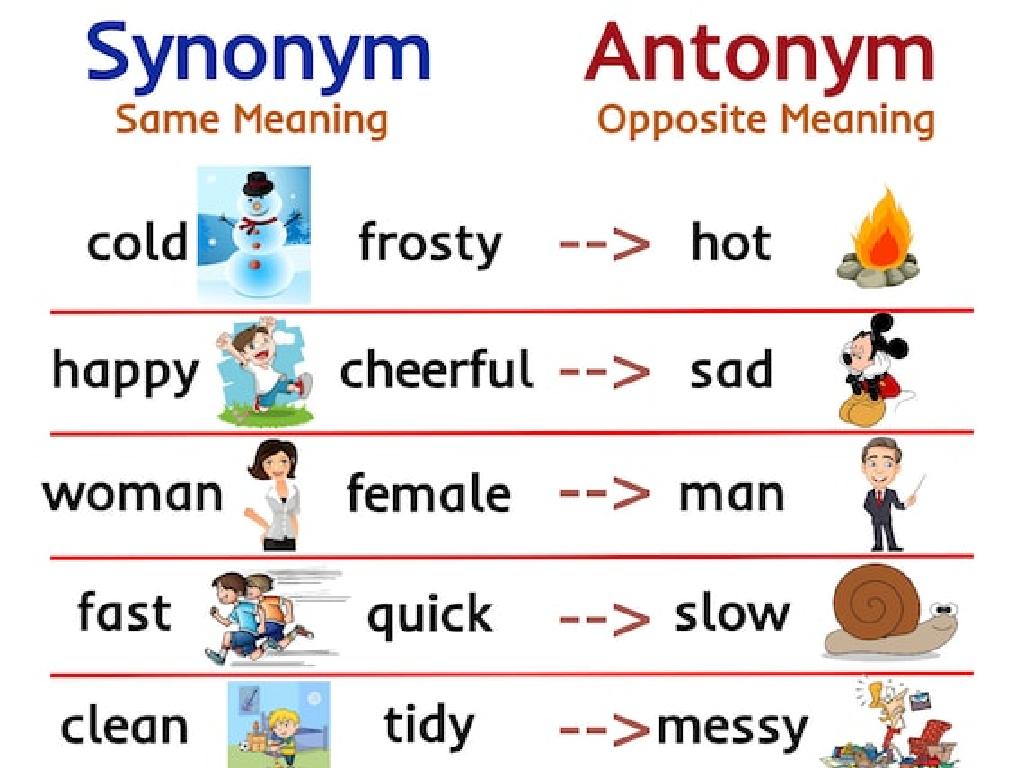What Is Big History?
Subject: Arts and humanities
Grade: High school
Topic: Big History Project
Please LOG IN to download the presentation. Access is available to registered users only.
View More Content
Welcome to Big History!
– Overview of the Big History Project
– Big History: A multidisciplinary study
– Combines sciences and humanities to explore 13.8 billion years of history
– From the Big Bang to life on Earth
– Examines the universe’s start, Earth’s formation, and life’s emergence
– Humanity’s ascent in the cosmos
– Investigates human civilization’s development and future prospects
|
This slide introduces the Big History Project, an educational framework that spans across all disciplines to explore the history of the Universe from the Big Bang to the present. It’s a way to understand the interconnectedness of all knowledge, combining insights from cosmology, earth science, biology, history, and anthropology. Students will learn about the origins of the universe, the formation of stars and planets, the emergence of life on Earth, and the evolution of humanity. This approach helps students see the big picture and their place within it. Encourage students to think critically about how different fields of study contribute to our understanding of history and to consider the implications of this knowledge for the future.
The Big Bang: The Dawn of the Universe
– The Big Bang Theory explained
– A theory describing the universe’s birth from a dense point.
– Universe’s expansion from a singularity
– Space itself stretched, spreading galaxies apart.
– Evidence supporting the Big Bang
– Cosmic microwave background, redshift of galaxies.
– Understanding cosmic background radiation
– This radiation is the afterglow of the Big Bang, permeating the universe.
|
This slide introduces the Big Bang Theory as the prevailing cosmological model for the universe’s origin. It explains how the universe expanded from a singularity, a point of infinite density and gravity. Highlight the evidence that supports this theory, such as the cosmic microwave background radiation, which serves as a remnant of the early universe, and the redshift observed in distant galaxies, indicating their rapid movement away from us. This evidence helps students understand the Big Bang not as a theory based on speculation but one grounded in observable phenomena. Encourage students to consider the vastness of the universe and the significance of being able to trace its history back to a single moment.
Formation of Stars and Galaxies
– Cosmic dust to celestial bodies
– Stars and galaxies form from clouds of cosmic dust and gas.
– Lifecycle of a star
– Stars are born, evolve, and die over millions of years.
– Gravity’s role in galaxies
– Gravity pulls matter together, leading to galaxy formation.
– The vast cosmic timeline
|
This slide explores the origins of stars and galaxies, emphasizing the transformation of cosmic dust into complex structures. Discuss the nebular hypothesis, which describes how stars and planetary systems form from nebular clouds. Explain the stages of a star’s life, including nebula, main sequence, red giant, and supernova or white dwarf, depending on the star’s mass. Highlight gravity’s pivotal role in clumping matter to form galaxies and shaping the universe’s structure. Use this opportunity to awe students with the scale of cosmic events and the timeframes involved, which are far beyond human experience. Encourage them to consider the forces at play in the universe and the processes that have led to the current arrangement of celestial bodies.
Our Solar System and Earth: A Big History Perspective
– Birth of our Solar System
– Nebular hypothesis: a cloud of gas and dust collapsed, forming the Sun and planets.
– Formation of Earth and planets
– Accretion process: dust and particles clumped together over millions of years.
– Conditions for life on Earth
– Key factors: liquid water, atmosphere, and distance from the Sun.
– Earth’s unique position in the Solar System
|
This slide explores the origins of our Solar System and Earth, setting the stage for understanding the conditions that allowed life to flourish. Begin with the nebular hypothesis, explaining how our Solar System formed from a cloud of gas and dust. Discuss the accretion process that led to the formation of Earth and other planets. Highlight the unique conditions on Earth, such as the presence of liquid water, a stable atmosphere, and an optimal distance from the Sun, which made it possible for life to develop. Emphasize Earth’s unique position in the Solar System that supports life. Encourage students to think about the vastness of space and the rare conditions that make our planet habitable.
Life on Earth: Emergence, Evolution, and Extinction
– Emergence of life on Earth
– From simple single-celled to complex multi-celled organisms
– Evolution through natural selection
– Survival of the fittest: how species adapt over generations
– Impact of mass extinctions
– Catastrophic events that drastically reduce life forms
– Biodiversity’s response to changes
– How life diversifies and adapts post-extinction events
|
This slide explores the critical stages of life on Earth, beginning with the emergence of life, from the simplest single-celled organisms to the complex flora and fauna we see today. It delves into the concept of evolution by natural selection, a process that explains how species adapt and change over time. The slide also addresses the significant impact of mass extinctions on biodiversity, highlighting how these catastrophic events have shaped the variety of life on our planet. Finally, it discusses how biodiversity recovers and adapts following these extinctions, leading to the rich tapestry of life that exists today. Encourage students to think about the resilience of life on Earth and how these processes are interconnected. Provide examples such as the transition from aquatic to terrestrial life, the diversification of mammals after the dinosaur extinction, and the current threats to biodiversity.
Humanity’s Place in Big History
– Evolution of Homo sapiens
– From early hominids to modern humans over millions of years.
– Development of language and culture
– Language enabled complex communication; culture includes arts, customs, and beliefs.
– Formation of societies
– How humans organized into tribes, cities, and nations.
– Humanity’s impact: The Anthropocene
– Our era’s significant human impact on Earth’s geology and ecosystems.
|
This slide explores the significant milestones in human history within the context of Big History. Starting with the evolution of Homo sapiens, discuss the transition from early hominids to anatomically modern humans, emphasizing the role of evolution. Move on to the development of language, which allowed for the advancement of culture, including the arts, customs, and beliefs that define human societies. Discuss the formation of societies from the earliest tribes to modern nations. Conclude with the concept of the Anthropocene, a proposed epoch that highlights the profound impact humans have had on the Earth’s geology and ecosystems. Encourage students to reflect on how these developments have shaped humanity’s unique role in the history of the universe.
Big History and Our Future
– Understanding the present through Big History
– Big History examines past events to explain current conditions.
– Future challenges and opportunities
– Discusses potential global issues and advancements.
– Long-term perspective’s importance
– Emphasizes the benefits of thinking beyond our own lifetimes.
– Big History’s role in shaping our future
|
This slide aims to highlight the relevance of Big History in contextualizing our current situation and preparing for the future. By studying the patterns and events from the past, students can gain insights into the present and develop foresight for upcoming challenges and opportunities. Emphasize the significance of adopting a long-term perspective, which can lead to more sustainable decisions and a better understanding of humanity’s place in the universe. Encourage students to think about how a comprehensive view of history can influence future choices in personal, societal, and global contexts.
Class Activity: Crafting a Big History Timeline
– Collaboratively craft a timeline
– Groups focus on distinct eras
– Each group picks an era like the Big Bang, dinosaurs, or ancient civilizations
– Present your timeline segment
– Discuss the era’s significance
– Reflect on how your era contributes to the Big History narrative
|
This activity is designed to engage students with the concept of Big History by having them actively participate in the creation of a timeline. Divide the class into small groups and assign each group a different era to research and represent on the timeline. This could range from the Big Bang to the present day. Encourage creativity in how they present their era, perhaps with drawings, facts, or significant events. After constructing their part of the timeline, each group will present their era to the class and discuss its importance in the broader context of Big History. This will help students understand the interconnectedness of events and the cumulative nature of history. Possible activities for different students could include researching a specific event, creating a visual representation, or writing a brief report on the era’s impact.






